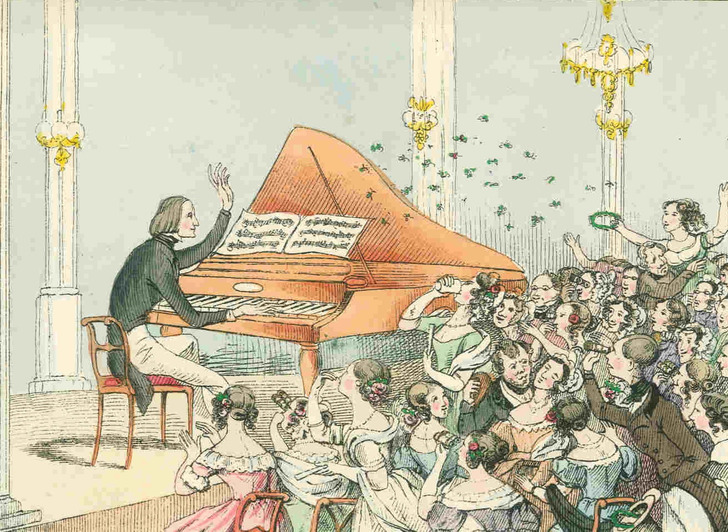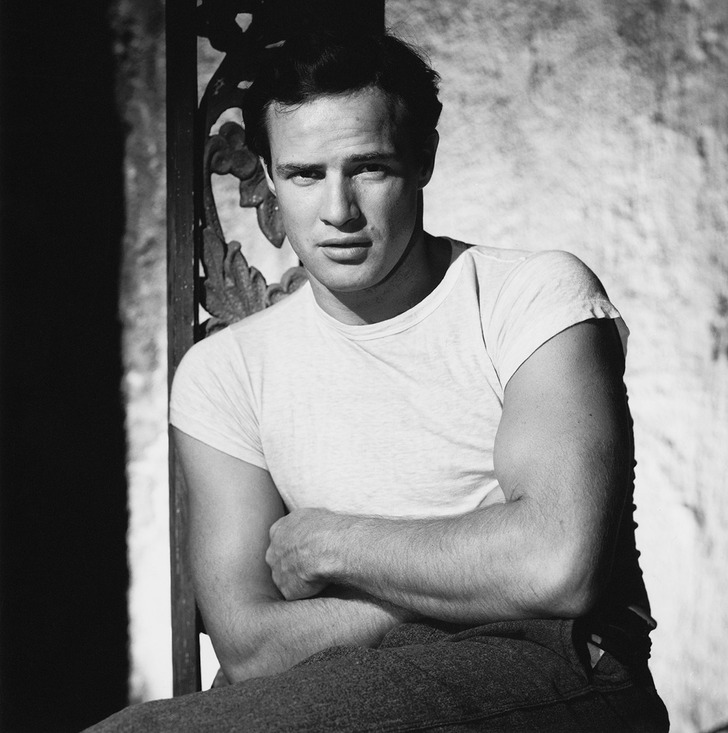13 Curious Facts About Underwear That Might Surprise You

Probably very few people have never worn underwear. Even cavemen used to protect the intimate parts of their bodies with a piece of cloth, and there were collections of loincloths found in the tombs of Egyptian pharaohs. There are many curious facts about underwear we had no idea about, so we conducted a small study and would like to share its results with you.
Before the 20th century, women used to wear underpants with an open crotch.
In the Victorian era, women used to wear underpants that left the crotch open since, in those days, this was considered more hygienic. Besides, ladies used to wear layered and heavy dresses, and it would have been quite difficult for them to pull their pantalettes down every time they went to the toilet. Closed underwear became popular only in the 20th century when skirts became shorter, and dynamic dances, including the can-can, came into fashion.
In the 1700s, a shirt was classified as underwear.
Panties are counted in pairs for a reason.
Perhaps very few people have ever wondered why we say a pair of panties or pants. The fact is that, in the 19th century, the main type of underwear was pantalettes which had legs reaching the knees. This is why panties are counted in pairs even now.
In the 19th century, women had to wear heavy underskirts because they didn’t wear underpants.
The tradition of throwing underwear on the stage started with Franz Liszt.
Women throwing underwear doesn’t come to most people’s minds when they think about classical music concerts. However, this is exactly where this tradition started, and it happened long before Elvis, The Beatles, or other pop stars were born. During pianist Franz Liszt’s performances, concert halls were full of screaming women who would pass out the moment he touched the piano keys.
Doctors even named this “epidemic” Lisztomania. As soon as the pianist appeared on the stage, his fans would begin to throw their underwear on it. Some were a bit more modest and would simply throw handkerchiefs, bouquets of roses, or torn-off articles of clothing.
At the beginning of the 20th century, monobosom came into fashion.
Marlon Brando and Madonna helped to turn underwear into outerwear.
In 1951, the movie A Streetcar Named Desire, starring Marlon Brando, was released. Before that moment, cotton T-shirts were considered undershirts. But, as soon as the Hollywood star appeared wearing one on the big screen, it became a piece of outerwear.
A similar story happened with the bustier. After the premiere of the movie Desperately Seeking Susan, starring Madonna, people started wearing this piece of underwear as outerwear.
At first, thongs were intended for both men and women.
In 1974, nudity was banned on the beaches of Los Angeles. In response, designer Rudi Gernreich decided to outwit the system by designing a thong swimsuit which later became iconic.
This was how he found a way to expose the body without breaking the law and find a compromise between those people who love to spend time on the beach naked and those who think it’s unacceptable. Both men and women enjoyed wearing this scandalous swimsuit.
The Triumph lingerie brand was groundbreaking in many aspects.
Triumph was the first brand in the world to make bras commercially available to women, and they were the first to show lingerie on the runway. Triumph has also introduced shapewear using the innovative Cool Touch fabric, which reduces your body temperature by 2.29°F.
Underwear can affect our mood.
The USA TODAY analysts came to this conclusion based on a telephone survey of more than 1000 women. Almost half of the respondents (47%) said that they feel more attractive and confident when they wear nice and elegant underwear, and 27% mentioned that ill-fitting or unattractive underwear affects their mood.
The sales of men’s underwear are a reflection of the economy.
The sales of men’s underwear usually don’t fluctuate. So, if they drop significantly, this means the economy is experiencing some difficulties. This is what happened in 2009 when the sales of men’s underwear dropped by 2.3% all over the world.
It’s a personal choice whether to wear underwear under a kilt or not.

When choosing whether to wear underwear under the kilt or not, there are no strict rules, only traditions and customs. However, dancers and athletes are required to wear shorts under their kilts during competitions. At the same time, 55% of kilt-wearers say they wear dark underwear, 38% wear no underpants, and 7% wear shorts or tights.
White is the most popular color of underwear in the world.
The next popular colors are lilac, blue, and purple. Chinese women favor black lingerie, while Italian women love the red color, especially on New Years’ Eve because, in Italy, it’s believed that it will attract good luck for the year ahead.
Do you know any other curious facts about underwear? What is your favorite lingerie color? Tell us in the comments below.








